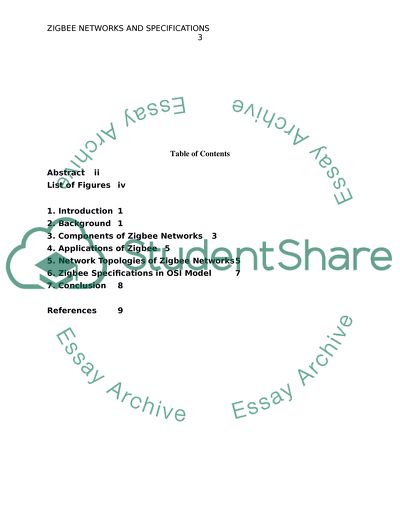Cite this document
(Zigbee Networks and Specifications Case Study Example | Topics and Well Written Essays - 1500 words, n.d.)
Zigbee Networks and Specifications Case Study Example | Topics and Well Written Essays - 1500 words. https://studentshare.org/information-technology/1758867-technical-report-about-zigbee
Zigbee Networks and Specifications Case Study Example | Topics and Well Written Essays - 1500 words. https://studentshare.org/information-technology/1758867-technical-report-about-zigbee
(Zigbee Networks and Specifications Case Study Example | Topics and Well Written Essays - 1500 Words)
Zigbee Networks and Specifications Case Study Example | Topics and Well Written Essays - 1500 Words. https://studentshare.org/information-technology/1758867-technical-report-about-zigbee.
Zigbee Networks and Specifications Case Study Example | Topics and Well Written Essays - 1500 Words. https://studentshare.org/information-technology/1758867-technical-report-about-zigbee.
“Zigbee Networks and Specifications Case Study Example | Topics and Well Written Essays - 1500 Words”. https://studentshare.org/information-technology/1758867-technical-report-about-zigbee.


